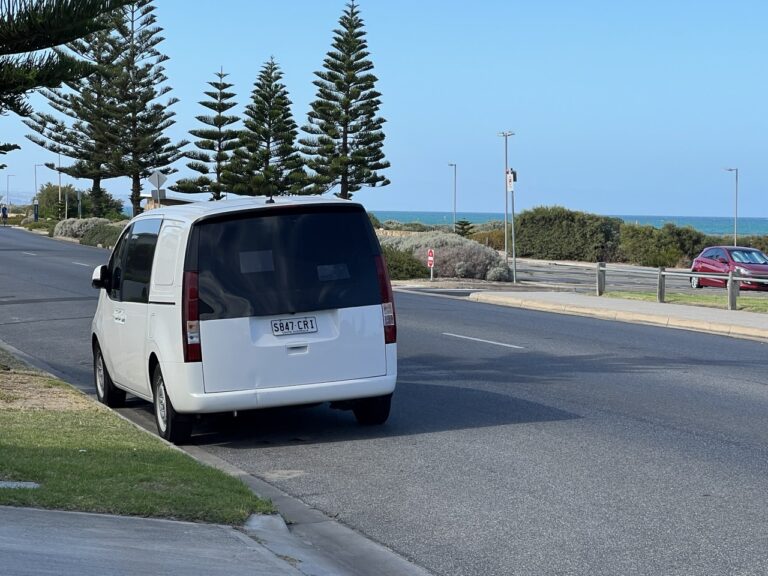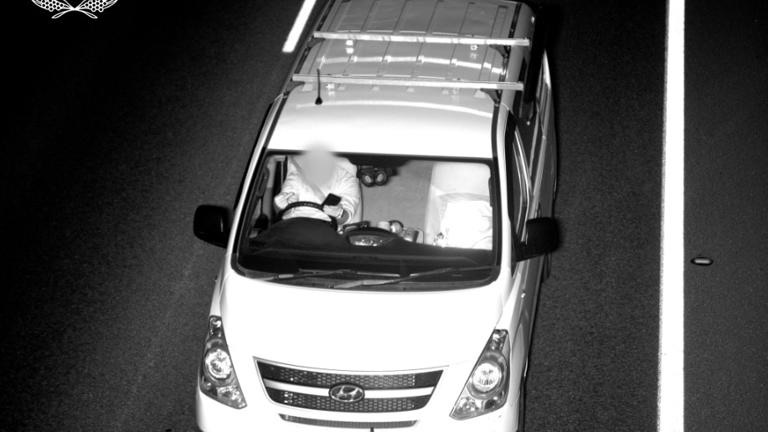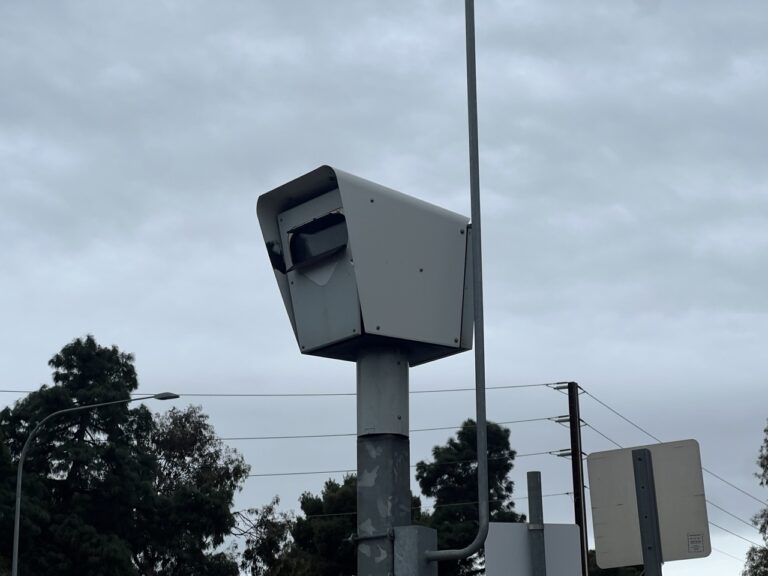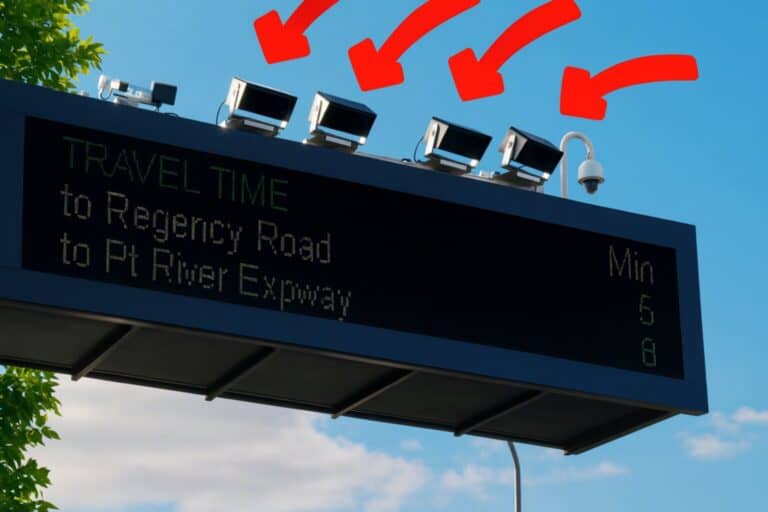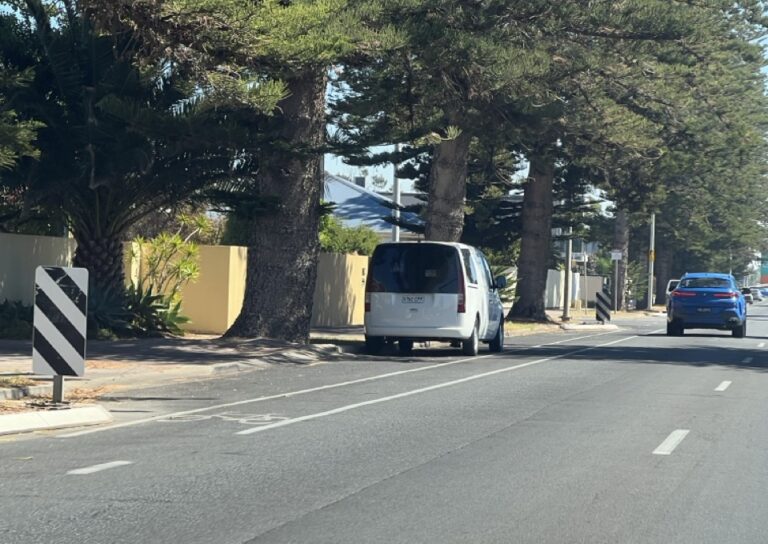In recent years, South Australia has ramped up its use of mobile phone detection cameras and speed enforcement technology. While the goal is road safety, many drivers are left feeling frustrated, confused, and in some cases, unfairly penalised.
If you’ve ever received a fine for having your phone “visible,” or were snapped by a speed camera just over the limit, you’re not alone. At SpeedCameras.com.au, we hear these stories all the time—and we’re here to help clarify what’s going on (without giving legal advice, of course).
Can You Really Be Fined Just for a Visible Phone?
Yes—and it’s happening more than most people realise.
Under South Australian road rules, it’s illegal for a mobile phone to be “in use” while driving, unless it’s being used hands-free through an approved mount or Bluetooth system.
But here’s where it gets tricky:
“In use” doesn’t mean “in hand.” If your phone is:
- Sitting on your lap
- Between your legs
- In the centre console
- Resting on the passenger seat in your line of sight
…it could still be considered “in use”—and that alone can be enough to trigger a fine.
Many people have been fined even with both hands on the steering wheel, simply because the phone was visible to them while driving. That’s the standard SA Police and mobile detection camera systems are working from.
What If It Wasn’t a Phone?
This is where things can feel truly unfair.
Some drivers have reported being fined for objects that weren’t even phones—wallets, glasses cases, or other phone-sized items. Yet, when they’ve contested the fine, the authorities insisted it would still stand.
In theory, our legal system is based on the principle of innocent until proven guilty. But in practice, most traffic offences—especially camera-detected ones—are handled under administrative law. That means:
- The fine is issued automatically
- The burden is on you to contest it and prove otherwise
- If the object looks like a phone, or is placed in a way that suggests it could be used like one, it may be enough for enforcement
To successfully fight one of these fines, you’ll typically need:
- A clear photo showing it wasn’t a phone
- A statutory declaration or other evidence (e.g. the object in question)
- Possibly a court appearance if your written dispute is rejected
Unfortunately, many drivers give up—feeling powerless against a system that seems stacked against them.
What About Phone Mounts? Are They Legal?
Yes—but there are conditions.
You are allowed to use a phone in a proper holder or mount if:
- The phone is used hands-free, via voice commands or Bluetooth
- You only briefly touch the phone for permitted functions, such as:
- Answering or ending a call
- Starting GPS navigation
- Controlling audio playback
However, it’s illegal to:
- Scroll, text, browse, or use apps—even in a mount
- Use video functions (like video calls or filming)
- Mount the phone in a way that obstructs your view
For Learner and P1 drivers in SA, even hands-free use is banned.
And remember, mobile phone detection cameras are watching for how the phone is used—even if it’s in a mount. If you’re touching it too much, or inappropriately, it could still result in a fine.
Speeding Fines from Cameras: The Other Frustration
Alongside mobile phone detection, speed cameras—both fixed and mobile—are another major source of frustration.
- You can be fined for being just 1 km/h over the speed limit
- Mobile speed cameras no longer require prominent signage
- Even temporary roadworks zones are enforced with cameras
Many drivers feel that these fines are more about revenue than road safety—especially when speed limits are inconsistently signed or suddenly change.
You can request to see the photo if you’ve been fined. And if the image shows unclear signage or you believe the camera was wrongly positioned, you can dispute it. But again, the burden of proof falls on you.
So… What Can You Do?
While we can’t give legal advice, we can offer a few tips that might save you stress (and cash):
- Keep your phone out of sight unless it’s in a compliant mount
- Don’t interact with the screen beyond basic legal functions
- Check your speed carefully—especially in temporary zones
- Request the evidence if fined. If the photo is ambiguous, you have the right to challenge it
- Document anything unusual, like poor signage or temporary conditions
You’re Not Alone
The aim of road safety tech is to save lives—but many people feel like they’re being punished unfairly by a system that’s increasingly automated and unforgiving.
At SpeedCameras.com.au, we believe in keeping people informed—not just about the rules, but about the real experiences drivers are having on the road. If you’re not sure where mobile phone cameras are set up, check out the current mobile phone camera locations across Adelaide.
If you’ve received a fine that didn’t feel right, or if you’ve got tips to help others avoid the same mistake, we’d love to hear from you. We’re not here to judge—just to offer a little clarity in a system that often feels anything but clear.


